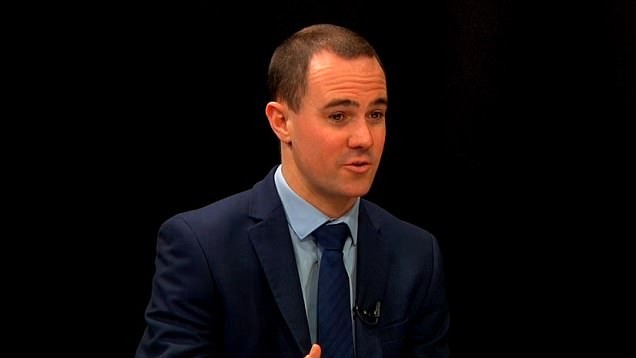Three ETFS to Protect From Rising Interest Rates UK Money Saving Guides Tools and Forums
Post on: 2 Июнь, 2015 No Comment

Three ETFS to Protect From Rising Interest Rates
By: Ron_Rowland
Wall Street is obsessed with interest rates. Many consumers are, too, especially anyone who wants to buy a home or car.
There’s a good reason for this: Debt — or you might call it “leverage” — is the lubricant that keeps the financial markets moving. Imagine a car without oil … it would soon grind to halt. The same is true of the modern economy.
We’ve been enjoying historically low interest rates for the last decade … even more so in the last two years. You know the party is going to end at some point. And I’m beginning to suspect the end will come sooner rather than later.
Debt keeps the economy moving.
Whenever rates move back up, you won’t have to just sit still and accept it. Exchange-traded funds (ETFs) give you many ways to protect your principal and profit from rising rates. Today I’ll tell you about three of them …
Rising Rate Protection ETF #1: iShares 1-3 Year Treasury ETF (SHY)
A cardinal rule of debt is that overstretched, low-income borrowers pay higher interest rates. And right now no one is more burdened with debt than the U.S. government.
But there’s a twist: The U.S. is a global superpower that controls the world’s reserve currency. So we’ve been able to delay the inevitable, although we can’t do this forever.
When rates do go up, the first domino to fall will be long-term bonds: Treasury debt maturing in ten years or more. This means you can expect a stampede into the short end of the maturity scale. Then the shortest-term Treasury paper will go up in value simply because so many people will want to own it.
SHY is an ETF tailor-made for this scenario. It holds Treasury debt that matures in the 1-3 year range. This is a “sweet spot” for investors: Long enough to give you some time, but short enough to avoid long-term forecasting errors.
Could SHY get hurt if short-term rates go up? Absolutely. However, I still think this ETF will outperform long-term bonds over the next few years, all things considered. So take a look at SHY for money that you need to keep safe.
Rising Rate Protection ETF #2: ProShares UltraShort 7-10 Year Treasury (PST)
When interest rates go up, bond prices go down. That’s because newly-issued bonds will pay higher rates than older ones, which makes the old ones worth less.
The longer the maturity, the more the price is affected by rising rates. And the change can be significant for bonds in the 7-10 year range. That’s where an inverse ETF like PST can help. PST could rise as much as 10 percent for each 1 percent jump in the 10-year Treasury rate.
Interest rates and bond prices move in opposite directions.
PST does this by shorting Treasury bonds. And while that can work for short-term trades, it’s not a very good long-term strategy …
You see, when you sell bonds short you become indirectly responsible for making interest payments to the bondholders. Moreover, PST employs 2x leverage, so you are effectively paying interest twice.
The best opportunity for making money with PST is to own it for no more than a few weeks when 10-year interest rates are going up. If you hang on after rates level off, you could actually lose ground and your profits will eventually disappear because of the interest payments.
Rising Rate Protection ETF #3: Direxion Daily 30-Year Treasury Bear 3x Shares (TMV)
If you believe long-term rates are headed up, and soon, TMV could be your ticket to major profits. It’s an inverse ETF that tracks 30-year bond prices with 3x leverage.

Suppose, for instance, interest rates spike higher and the 30-year bond price index falls 5 percent in a day … you can expect TMV to rise 15 percent on that same day. Yowza!
This leverage could also be a ticket to major losses. For example, if your timing is off, even by a few days, you could get your head handed to you. That’s why leveraged ETFs are intended only for the most aggressive investors.
Another thing to consider is the “Daily” part of the name. Leverage in TMV and similar ETFs is reset every day. Over time, this means the leverage factor on your shares could be much more than 300 percent — or much less. I explained how this works in more detail in my Understanding Leveraged ETFscolumn last year.
Am I telling you not to buy TMV? No, not at all. I’m just telling you to be very, very careful when trading leveraged and inverse ETFs. I don’t want you to learn this lesson the hard way. TMV can be a great tool when used correctly — and at the right time.
When will rates go up? I don’t know. All kind of factors influence the bond market. That’s why you need to start educating yourself now to get familiar with the alternatives that are available. Because whenever the time comes, you want to be ready to make the most of it!
Best wishes,
Ron
www.moneyandmarkets.com .
Sarah Money Manager
Posts: 875 Joined: Fri Jul 16, 2004 3:04 pm
- Website














